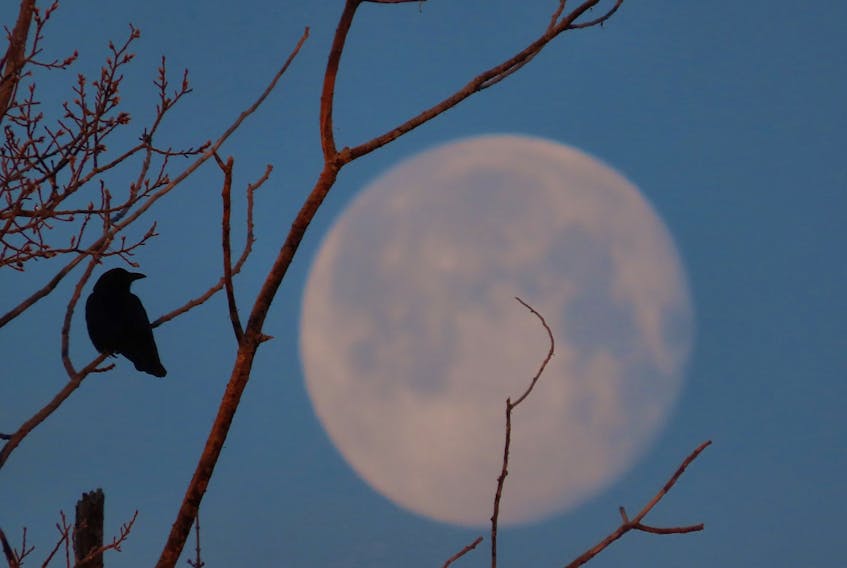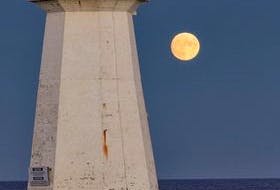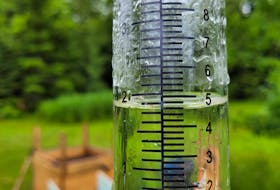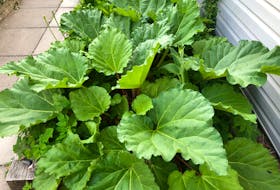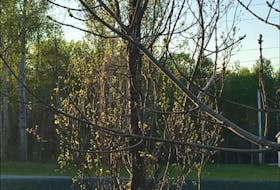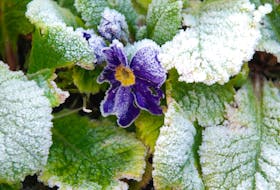The messy mix of weather that is starting to push into western regions of the Maritimes has been on my radar since last week. Initially, I hesitated to refer to it as Sheila’s Brush, but it has become quite clear that it is - at least for some of us.
While the Irish have their Sheila, we French Canadians have our late-season storm too. Last week, I received this very interesting email from Peggy Gaudet:
“Hi Cindy, I read your column almost every day. My husband and I were sitting down the other night, just talking about how great the weather has been this winter. He began telling me about something he called (excuse me, I am not French: Cape Breton born), La Tempete Des Corneilles that happened in March. He was born in Trois Rivieres and remembers that.”
- Peggy Gaudet
I haven’t heard that expression in many years; it brought back wonderful memories of Grandma and the farm. Let me start by translating: a corneille is a female crow.
Our ancestors believed that a heavy winter storm in March would be followed by the return of the female crows and after that, fair-weather would settle in.
Is there any truth to that?
When winter comes, not all crows react the same way. Some stay right where they are, toughing out the frigid days as best as they can. Others choose to move to warmer areas, returning only when the cold has faded away. This is called a partial migration.
Some believe that crows are one of the first genuine harbingers of spring. As days grow longer, any thaw encourages them to start courting and defending a territory, which is why they suddenly grow louder. And one of the ways they cement the bond with their mate is to start building a nest.
So, does that mean that we are done with the snow? Not really. Peggy reminded me that there are usually one or two more snowstorms after the crows return.
- Want more weather information? Visit your weather page.
- Have a weather question, photo or drawing to share with Cindy Day? Email [email protected]
Cindy Day is the chief meteorologist for SaltWire Network

